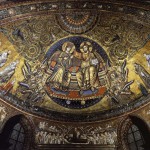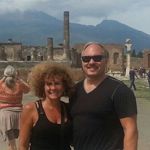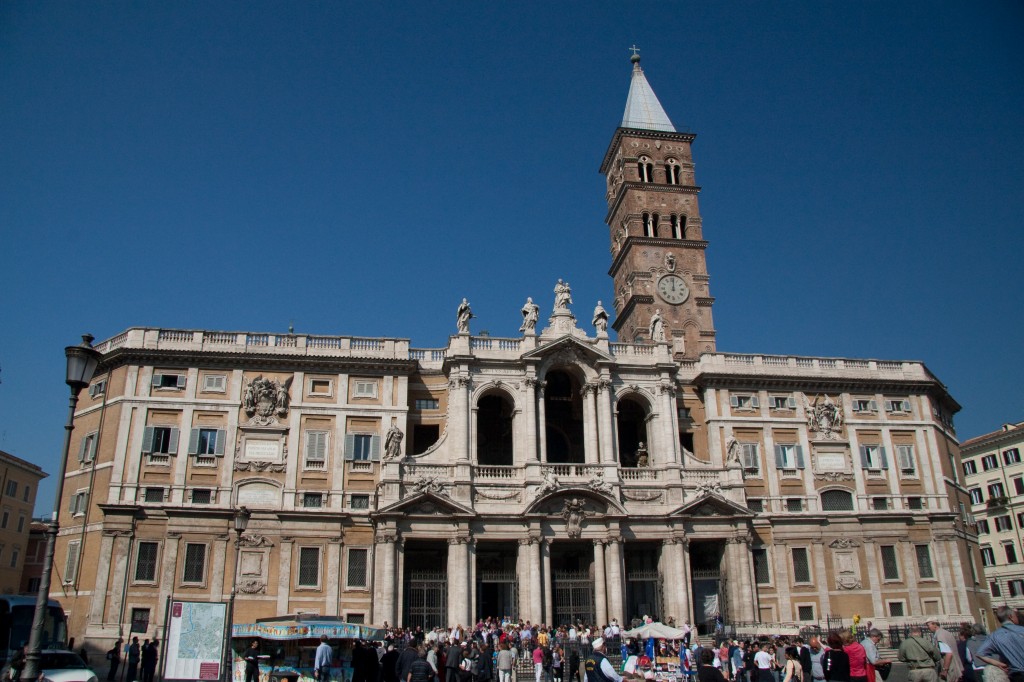
Introduction
The largest Catholic Marian church in Rome, the sheer size of the Church of Saint Mary Major or Basilica di Santa Maria Maggiore grants it that title over the 25 other Marian churches in the city, and it has held on to that title for about sixteen centuries. It is also one of the few major basilicas that retain its original structure despite the number of improvements and renovations since it was damaged by an earthquake in the 1300s. Its decorations and additions are the cumulative works of various popes who presided in different eras, though it underwent its biggest series of interior renovations 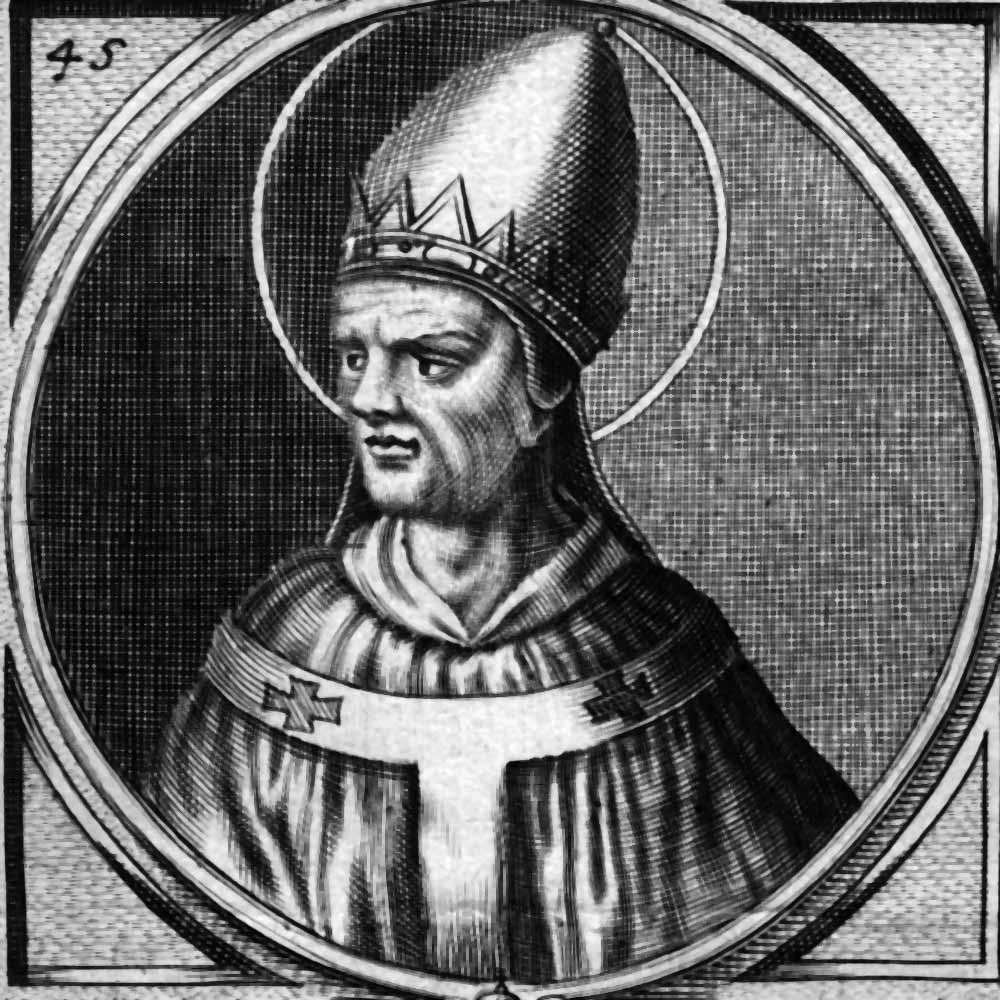 in the 15th and 16th centuries, bringing it much closer to how we know it today.
in the 15th and 16th centuries, bringing it much closer to how we know it today.
The present church was built under the orders of Pope Sixtus III in 432 AD, and the inscription on the church’s triumphal arch indicates this. This particular pope is credited for a number of major construction projects at the time, and it should be noted that this was inspired by the idea that Rome was not just the center of the world as was believed at the time, but also the center of the Christian world.
Santa Maria Maggiore was one of the first churches built and dedicated to the Virgin Mary. It was constructed immediately following the declaration of the Council of Ephesus of 431 that proclaimed Mary as the Mother of God, and the church was built to commemorate this. Also, after the period of the Avignon papacy when the popes returned to Rome, the basilica was also used as a temporary Papal Palace before it was ultimately moved to the Palace of the Vatican.
Currently, all of its sculptures and paintings within the areas of worship remain intact, and all remain as majestic as ever. It also houses a priceless art collection in its recently-inaugurated museum, and at the same time, the main area of the Basilica remains an active venue for worship.
What to See
The Façade
The church’s magnificent east-facing façade is the work of the famous Italian baroque architect Ferdinand Fuga. It opens into a portico of five arcades on the lower story and three arches in the upper loggia, covering the thirteenth-century mosaics of the previous façade (these covered-up 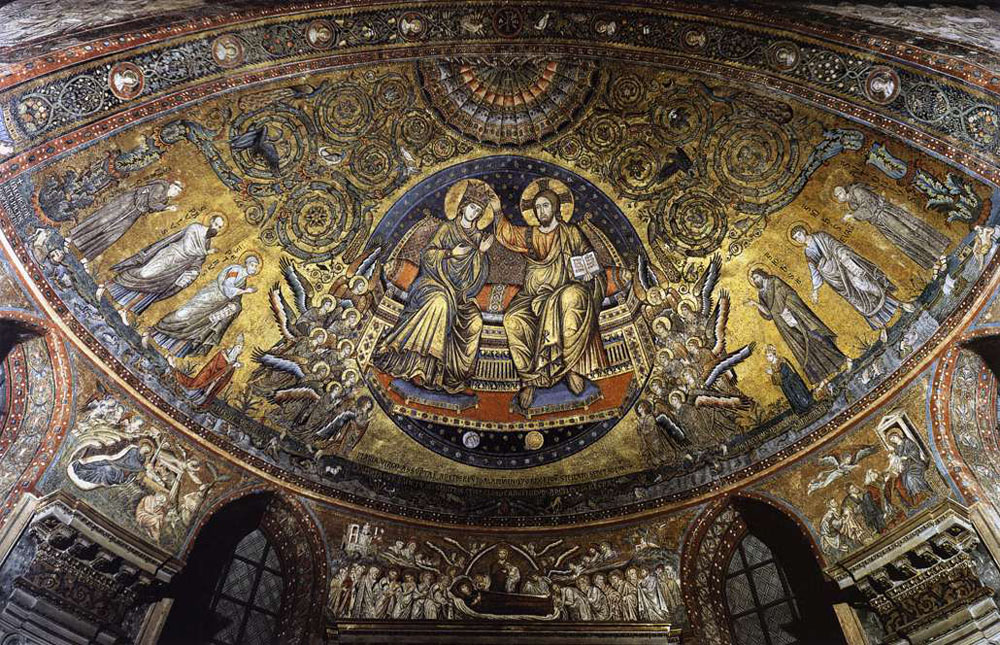 mosaics can still be viewed through special tours). The rest of the façade then further shows Fuga’s tastes and preferences, as it is festooned in decorative capitals, entablatures, cornices, garlands, and cherubs.
mosaics can still be viewed through special tours). The rest of the façade then further shows Fuga’s tastes and preferences, as it is festooned in decorative capitals, entablatures, cornices, garlands, and cherubs.
The Interiors
It will probably be VERY difficult to list down every single thing that you need to see inside the Basilica, because you have to see EVERYTHING. Almost every wall, ceiling, corner, column, wall sconce, and tile is a work of art and it can be very easy to spend an entire day just slowly going over and appreciating each piece. Here is a short list of the major works of art inside the basilica*:
-
Early Christian mosaic cycle depicting Old Testament events, 5th century
-
The Salus Populi Romani, a much venerated early icon of the Virgin and Child.
-
Funerary monument of Clement IX (1671) by Carlo Rainaldi with the papal bust by Domenico Guidi.
-
Temporary catafalque for Philip IV of Spain designed in 1665 by Rainaldi
-
Funerary monument of Pope Nicholas IV, designed by Domenico Fontana in 1574.
-
Bust of Costanzo Patrizi by Algardi.
-
Sacristy frescoes by Passignano and Giuseppe Puglia,
-
Saint Cajetan holding the Holy Child, by Bernini.
-
High altar sculpture by Pietro Bracci, (c. 1750).
-
Statue of Pius IX in prayer by Ignazio Jacometti, (c. 1880).
-
Pauline Chapel frescoes, by Guido Reni
-
Frescoes for the monument of Clement VIII, Lanfranco
-
Cesi Chapel tombs by Guglielmo della Porta
-
Altar, confessio and Presepio (crib) sculptures by Arnolfo di Cambio, about 1290
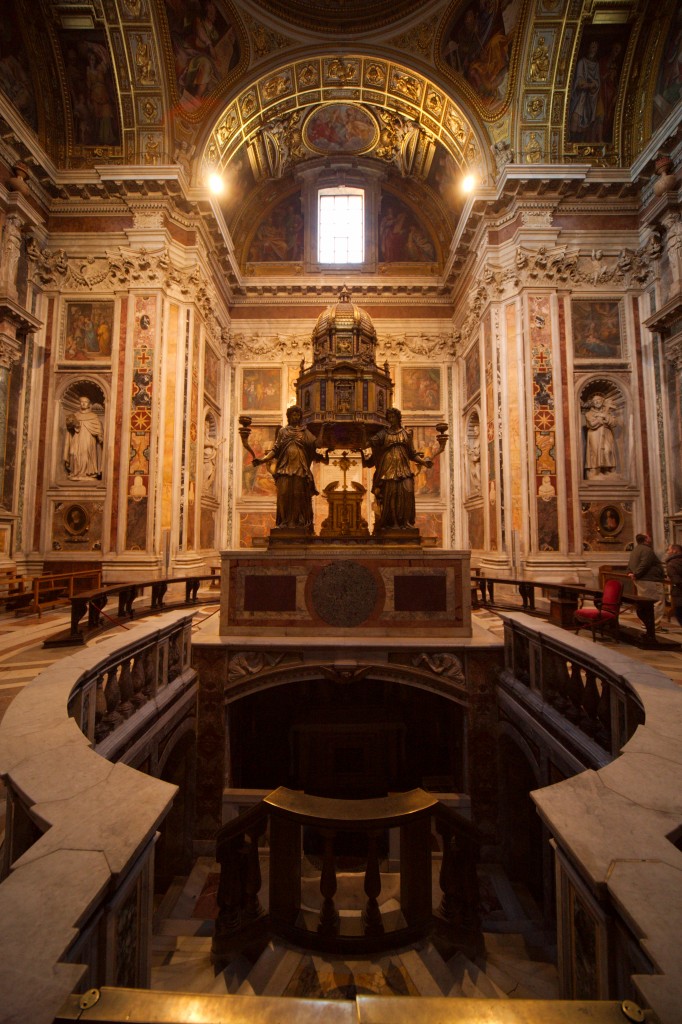 The Borghese Chapel
The Borghese Chapel
The main point of this chapel is its shrine where inside is housed a famous thousand-year-old icon of the Virgin Mary. According to legend, the icon was painted by St. Luke the Evangelist, using the table of the Holy Family of Nazareth as his canvas. The icon is revered because it is also believed to have caused a miracle which prevented the city from being devastated by the plague. Within the chapel can also be found gilded cornices, bronze statues and details of angels, the majestic altar, and a plethora of statues, sculptures and paintings.
The Sistine Chapel
Not to be confused with the Sistine Chapel in Vatican City, the Sistine Chapel in Santa Maria Maggiore contains the tombs of Saint Jerome, the 4th-century Doctor of the Church who translated the Bible into the Latin language, Pope Sixtus V, and of his early patron, Pope Pius V. The main altar in the chapel also features four gilded bronze angels crafted by Sebastiano Torregiani, holding up the ciborium, which is a model of the chapel itself. It also contains the Crypt of the Nativity or the Bethlehem Crypt, which holds a crystal reliquary said to contain fragments of wood taken from the crib during the Nativity of Jesus Christ.
Tips and Advice
- As stated earlier, the Basilica di Santa Maria Maggiore is practically bursting with important works of art, sculptures, relics, and the tombs of high-profile individuals, and it may get a little intimidating or difficult if you would like to be able to see everything that it has.
- Because of this, the best starting point may be to visit its museum so that you can stroll and view everything in an organized manner, and everything is labeled. Of course, you can also get a tour guide for this that will help you in appreciating the items in the museum. You can also tour the exterior and interior of the church with a group or a private guide, but for those who prefer going at their own pace, you can simply drop by after a mass and take a quiet look around.
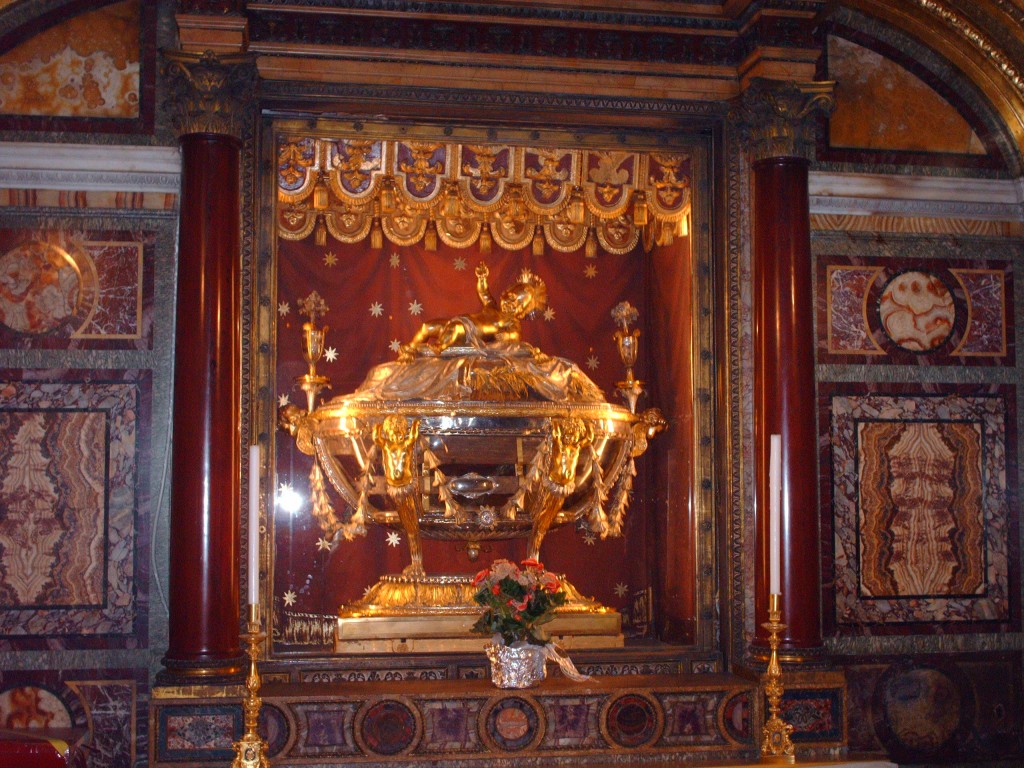 It is important to stress that it is an active place of worship, and as such, flash photography and loud voices are highly discouraged. Basically, try to keep from disturbing those who may be in prayer, especially during one of its regular services. And because it is a church, remember to dress properly. No short shorts, flip flops, or tank tops are allowed, and the local security and guides can possibly deny you entry simply for not being dressed appropriately. Summer dresses are allowed, and if you’re iffy about your attire, bring a shawl or a button-up shirt to cover your shoulders while inside the premises. Take note, too, that the building is patrolled internally by police agents of Vatican City State, not by Italian police since the Basilica, though in Italian land, is owned by the Holy See and enjoys extraterritorial status similar to that of foreign embassies.
It is important to stress that it is an active place of worship, and as such, flash photography and loud voices are highly discouraged. Basically, try to keep from disturbing those who may be in prayer, especially during one of its regular services. And because it is a church, remember to dress properly. No short shorts, flip flops, or tank tops are allowed, and the local security and guides can possibly deny you entry simply for not being dressed appropriately. Summer dresses are allowed, and if you’re iffy about your attire, bring a shawl or a button-up shirt to cover your shoulders while inside the premises. Take note, too, that the building is patrolled internally by police agents of Vatican City State, not by Italian police since the Basilica, though in Italian land, is owned by the Holy See and enjoys extraterritorial status similar to that of foreign embassies.- When visiting in the summer, make sure to watch out for certain dates in August either to join or avoid the crowds, depending on your preference. Every fifth of this month, a solemn celebration recalls the Miracle of the Snows, while every fifteenth, because it is a papal basilica, the Pope will be presiding over the annual Feast of the Assumption of Mary. During these occasions, check the local schedules ahead of time, and be ready for crowds and/or traffic.


